-

H-D-Arg(NO2)-OH CAS:66036-77-9
H-D-Arg(NO2)-OH is a synthetic peptide containing a modified form of arginine. This molecule is designed for research and experimental purposes, particularly in the fields of biochemistry, pharmacology, and cell biology. With its unique structure, H-D-Arg(NO2)-OH offers researchers a valuable tool for studying protein-protein interactions, enzymatic processes, and signal transduction pathways. Its high purity and consistent quality make it an ideal choice for laboratories and academic institutions engaged in cutting-edge research.
-
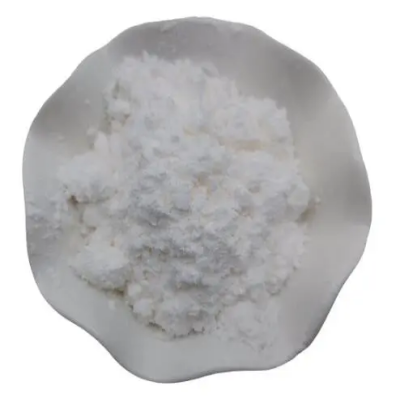
H-D-Arg-OMe·2HCl CAS:78851-84-0
H-D-Arg-OMe·2HCl, the dihydrochloride salt of N-methyl-D-arginine, is a chemical compound commonly used in peptide synthesis and biochemical research. With its specific molecular properties, it serves as a valuable reagent for modifying peptides and proteins, contributing to advancements in pharmaceutical development and scientific investigations.
-
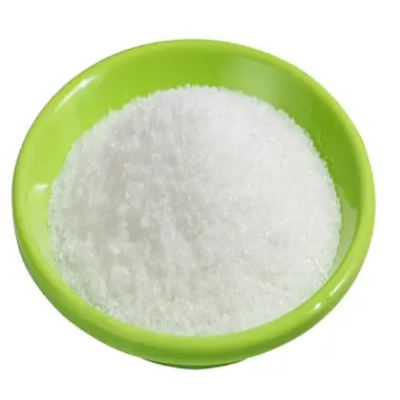
H-β-Ala-OMe·HCL CAS:3196-73-4
H-β-Ala-OMe·HCl, also known as the hydrochloride salt of N-methyl-β-alanine, is a chemical compound widely utilized in peptide synthesis and biochemical research. With its specific molecular properties, it serves as a valuable reagent for modifying peptides and proteins, contributing to advancements in pharmaceutical development and scientific investigations.
-
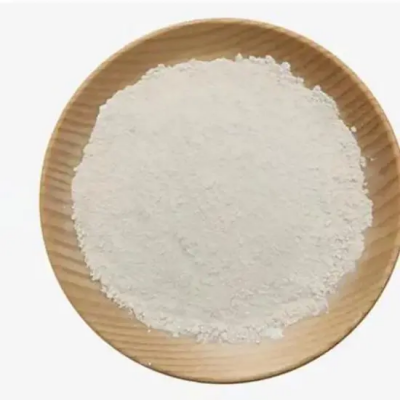
H-Arg-OBut·2HCl CAS:87553-73-9
H-Arg-OBut·2HCl, the dihydrochloride salt of N-tert-butoxycarbonyl-L-arginine, is a chemical compound commonly used in peptide synthesis and biochemical research. With its specific molecular properties, it serves as a valuable reagent for modifying peptides and proteins, contributing to advancements in pharmaceutical development and scientific investigations.
-
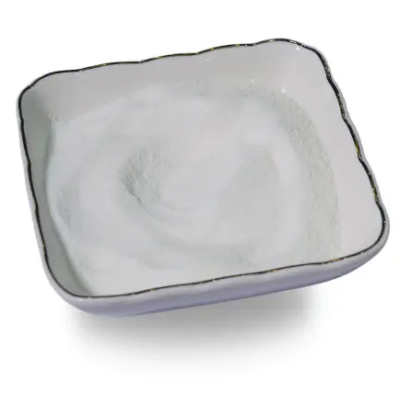
H-Arg(Tos)-OH CAS:4353-32-6
H-Arg(Tos)-OH is a synthetic compound featuring arginine with a tosyl (Tos) protecting group, designed for use in various research applications within the fields of biochemistry, pharmacology, and chemical synthesis. This reagent offers high purity and consistent quality, making it an essential tool for laboratories and academic institutions engaged in diverse experimental studies and drug development endeavors.
-

Bz-Arg-OH CAS:154-92-7
Bz-Arg-OH is a synthetic compound consisting of arginine with a benzoyl (Bz) protecting group, widely used in research applications within the fields of biochemistry, pharmacology, and chemical synthesis. This high-purity reagent serves as a valuable tool for laboratories and academic institutions engaged in diverse experimental studies and drug development endeavors.
-
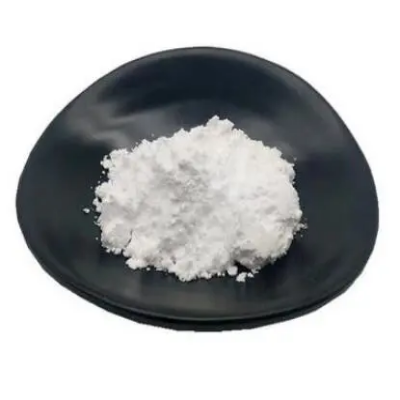
N-alpha-FMOC-L-valine CAS:68858-20-8
N-alpha-FMOC-L-valine is a chemical compound commonly used in peptide synthesis and organic chemistry. This compound serves as a crucial building block for constructing peptides and peptidomimetics, making it an essential reagent in biochemical and pharmaceutical research.
-
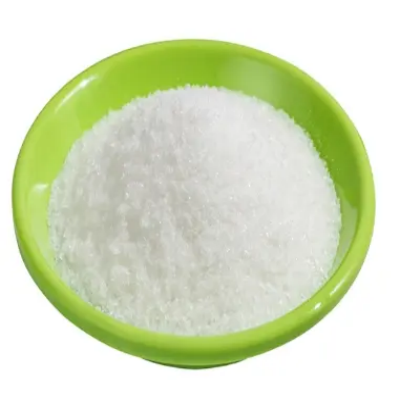
N-methyl-dl-alanine CAS:600-21-5
N-methyl-DL-alanine is a compound consisting of an alanine molecule with a methyl group attached to its nitrogen atom. It is categorized as a non-proteinogenic amino acid and holds significance in various chemical and biochemical processes due to its unique structural features and potential applications in peptide synthesis, medicinal chemistry, and biochemical research.
-
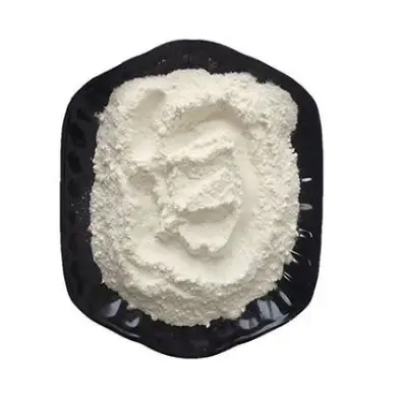
N-alpha-FMOC-L-glutamicacidalpha-t-butylester CAS:71989-18-9
N-alpha-FMOC-L-glutamic acid alpha-t-butyl ester is a compound often used in organic synthesis and peptide chemistry. It belongs to the family of FMOC-protected amino acids, which are widely utilized in the field of biochemistry and pharmaceutical research. With its specific chemical properties, this compound serves as a crucial building block for the synthesis of various peptides and peptidomimetics.
-

N-Boc-D-serine CAS:6368-20-3
N-Boc-D-serine is a derivative of the amino acid serine, featuring a tert-butoxycarbonyl (Boc) protective group attached to its amino group. This compound is widely utilized in peptide synthesis and organic chemistry due to its capacity as a versatile building block and its relevance in the creation of complex peptide structures.
-

N-alpha-FMOC-L-asparticacidbeta-t-butylester CAS:71989-14-5
N-alpha-FMOC-L-aspartic acid beta-t-butyl ester is a chemical compound commonly employed in peptide synthesis and organic chemistry. This compound belongs to the family of FMOC-protected amino acids, playing a crucial role as a building block in the construction of peptides and peptidomimetics. Its specific properties make it valuable for various applications in biochemical and pharmaceutical research.
-

L-leucinebenzylestertoluene-4-sulfonate CAS:1738-77-8
L-leucinebenzylestertoluene-4-sulfonate is a chemical compound utilized in organic synthesis and peptide chemistry. It consists of L-leucine esterified with benzyl and toluene-4-sulfonate groups, contributing to its significance as a versatile building block for the preparation of complex peptides and related organic molecules.

